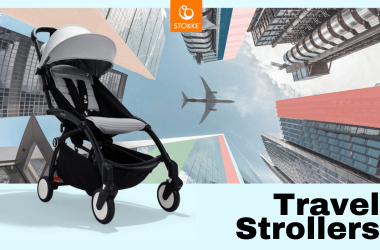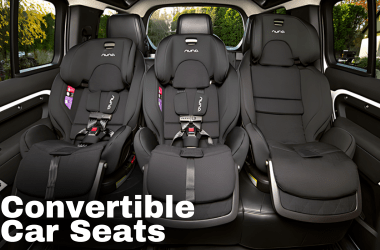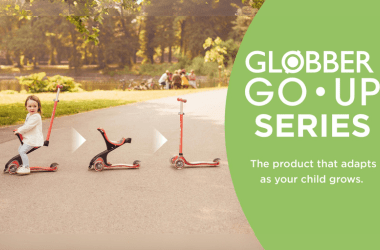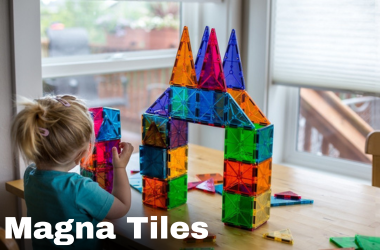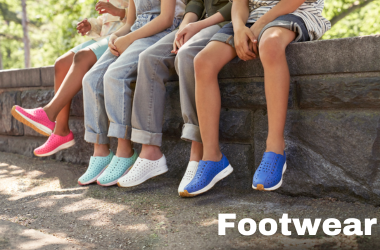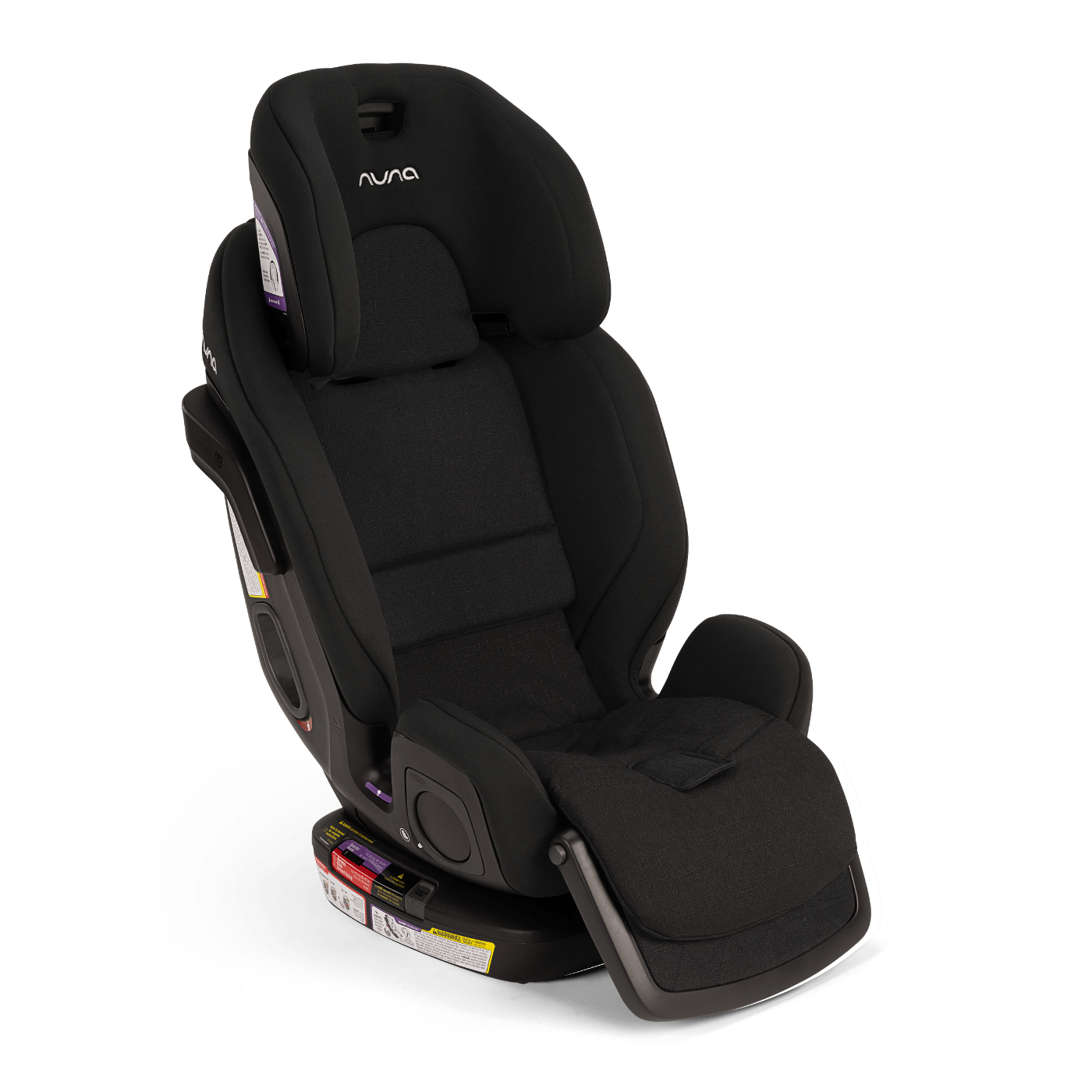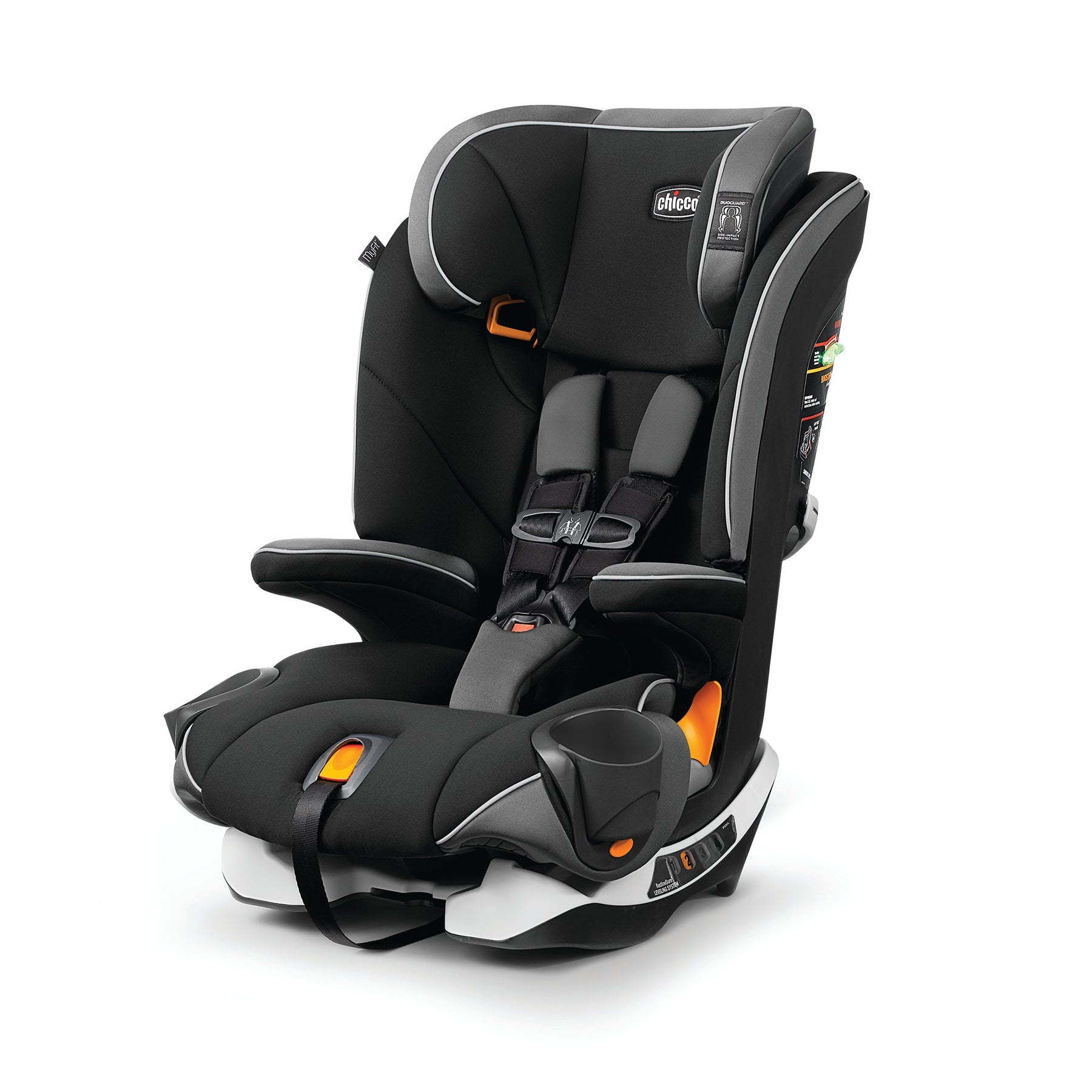Booster Car Seats in Canada: Safety Rules, Age Guidelines & Top Picks
So your kid has outgrown their forward-facing harness seat. Congrats, you’re entering the next level of car seat parenting. But wait: just because they’re bigger doesn’t mean they’re ready for a regular seatbelt yet. That’s where booster seats come in; an important step to make sure your little one is both safe and comfy on every ride.
Navigating Canada’s booster seat rules can feel like decoding a secret language of weights, heights, and ages, plus a maze of provincial laws. No worries. We’ve done the homework for you. This blog breaks down the essentials, cuts through the jargon, and gives you the scoop on the best boosters Canadian families swear by.
Ready to make your next drive safer and smoother? Let’s jump in.
What’s a Booster Seat, Anyway? And Why Does It Matter?
Your child is getting older and bigger, but your seatbelt stays the same size. Without a booster, that belt can ride dangerously over their neck or tummy, ouch!
A booster is a seat that lifts your child so the seatbelt fits exactly where it should, snug across the chest and hips. No awkward twists, no slipping, just a perfect fit, every time.
Why boosters work:
-
Safety first: Keeps your child protected in crashes by positioning the belt right
- The perfect transition: Bridges the gap between harness seats and grown-up belts
-
Comfort on point: Cushions, armrests, and support that make longer rides chill
In Canada, Transport Canada outlines the requirements for booster seat use based on weight, height, and age. There are slight variations from province to province; nevertheless, the goal across Canada is the same: to keep children safe in vehicles until they can be strictly strapped in by an adult seat belt.
Canada’s rules make sure kids don’t get rushed through this stage too fast because being “legal” doesn’t always mean “safe.” We’ll get to those specifics next.
Canadian Safety Rules and Age Guidelines for Booster Seats
Legal Requirements
Canada's booster seat standards are designed to help parents determine when they should not transition their children to the next step. In summary, the typical legal benchmarks are
- Minimum Age: Usually age 4
- Minimum Weight: At least 18 kg (40 lbs) to begin using a booster
- Minimum Height: Approximately 101 cm (40 inches), province-dependent
However, remember some laws can vary from place to place. For example:
- In Ontario, children who are 36 kg (80 lbs) or 145 cm (4'9") or children who are 8 years old cannot use a booster seat.
- In British Columbia, children cannot use a booster until they are 145 cm or until they are 9 years old.
Please bring this up with your provincial guidelines so that there is no room for error.
Safety Recommendations
Just because it's legal doesn't mean it's ideal. Here's when experts recommend moving on:
- Your child has outgrown the height or weight restrictions of their harness seat.
- They can remain seated for the entire car ride without slouching or unbuckling.
- The seat belt fits properly across the chest and low on the hips, not on the stomach or neck.
Tip: Keep your child in a harnessed seat as long as you can. It is safer to keep them in a harnessed seat than to transition them too quickly.
Key Safety Features to Look For
When you’re shopping, there is more to consider about a booster than just how it looks. Narrow down your options by focusing on:
- Side Impact Protection: Reinforced side wings that keep your child's head and torso protected in the event of a collision.
- Adjustable Headrests & Armrests: It isn't comfortable for kids to sit in a poorly aligned space, and the head will become misaligned as they grow. Proper head and spine alignment and seat belt fit are especially important.
- Washability: Fabrics that are machine washable or those that can be wiped down will save time, sanity, and frustration for you on busy mornings.
Top Booster Car Seat Picks for Canadian Families
If you're in the market for a booster that balances comfort, safety, and looks? Here are our top recommendations from brands you can trust with your Canadian family:
Nuna ROYL
- Stylish and functional, this booster grows with your little one
- Available for longer use from toddler to big kid
- Designed with side impact protection, premium fabrics, and a stylish look
Diono Cambria 2

Light and available in so many fun colors. (Did we mention pink?)
- Side wings and belt guides provide safe positioning of the seatbelt.
- Slim and travel-friendly, so it is perfect for carpools and family trips!
Chicco MyFit® Harness Booster
- It starts as a 5-point harness seat, then converts to a belt-positioning booster.
- Perfect for kids who aren't quite ready to let go of the 5-point harness.
- Reclining settings and an adjustable headrest allow for comfort on long rides.
Tips for Installing and Maintaining Your Booster Car Seat
A booster car seat is only effective if it is properly installed and maintained. Here's how to best utilize yours:
- Read the manual: Always follow the manufacturer's instructions for installation.
- Utilize the seatbelt properly: The lap belt goes low across the hips, while the shoulder belt should cross the chest.
- Secure the booster in place: Several modern booster seats feature LATCH or UAS connectors, which give the seat more stability.
- Inspect all parts frequently: Check the seatbelt guides, fabric, and structural parts of the booster seat periodically.
-
Clean with care: Use mild soap and warm water, and do not use bleach or any harsh chemicals.
Know when it's time to upgrade: If the booster seat is expired, damaged in any way, or your child has outgrown the booster seat, you should purchase a new car seat.
Need one that is easy to install and maintain? Check out the Nuna ROYL Booster Car Seat!
FAQs About Booster Car Seats
Q: At what age can my child start using a booster car seat?
A: Most children are ready for a booster car seat after the age of 4, once they have outgrown their forward-facing harness seat, which is usually around 18 kg (40 lbs).
Q: Are booster seats mandatory in all Canadian provinces?
A: Yes. All provinces require the use of boosters based on either age, weight, or height; the criteria vary by province.
Q: Can I use a booster seat without a backrest?
A: Backless boosters are legal but are only suitable for older children who can sit erect and have a good fit with the seatbelt. This is only recommended for short trips.
Q: How do I know if the seat belt fits properly on my child?
A: The shoulder belt should lie across the collarbone, and the lap belt must sit low across the hips, not on the stomach. At no time should the belt be touching the neck or face.

Ready to Level Up Your Child’s Ride?
This isn’t just another item to tick off your list; it’s about finding a booster that grows with your kid, fits your family’s rhythm, and keeps every trip safe and comfy. Whether it’s the quick school run or that big weekend getaway, the right booster makes all the difference.
From versatile harness-to-booster seats to sleek belt-positioning styles, trusted brands like Nuna, Diono, and Chicco have your back.
Explore our Booster Car Seat Collection at Little Canadian and buckle up for peace of mind and smooth rides ahead. Your kid deserves nothing less.


